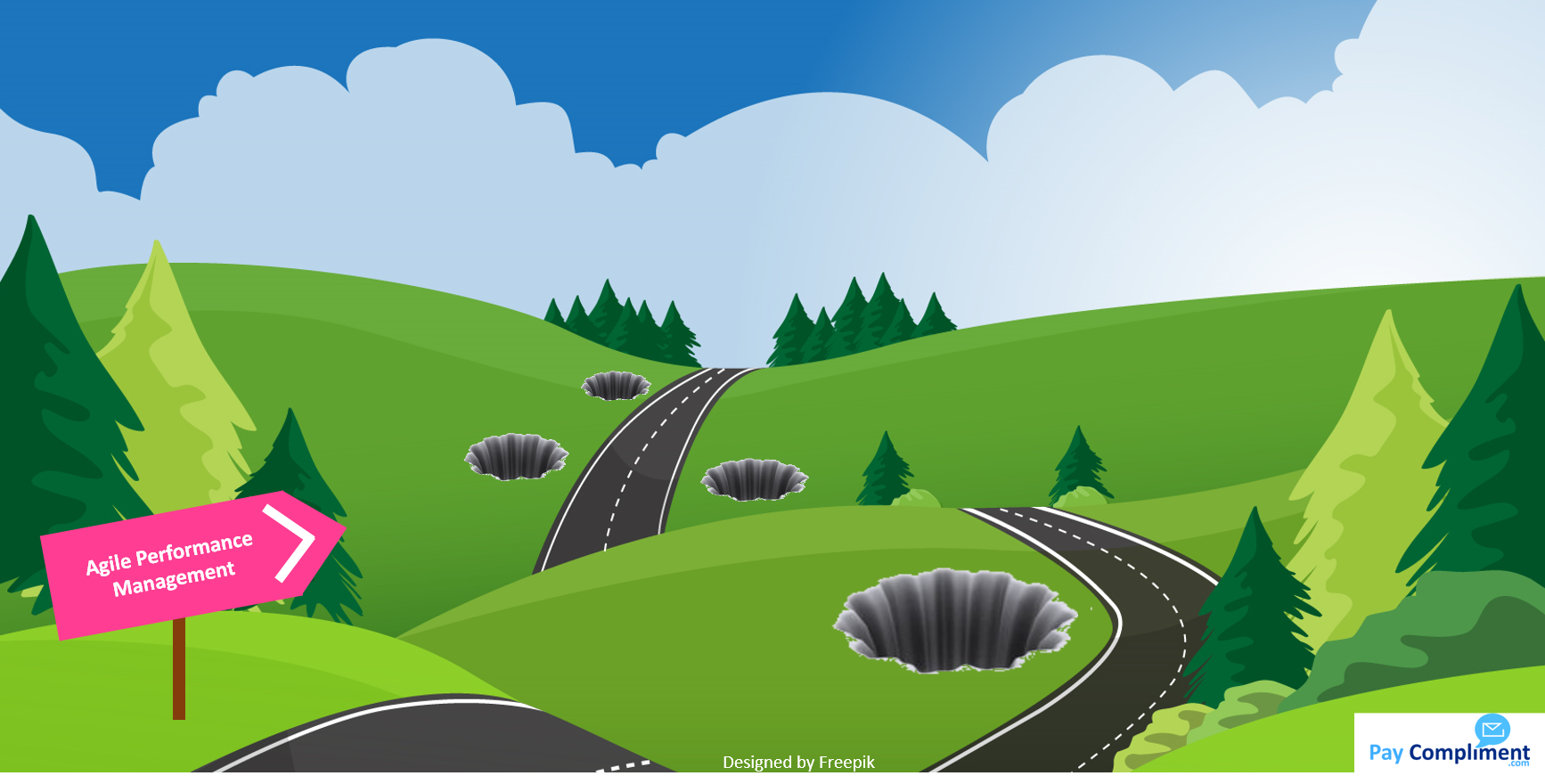
The journey to create an agile organisation.
Agile organisations are fluid, tactical, experimental, responsive, flexible, ok with lessons learned from failure; many things that traditional organisations struggle with.
To build a contemporary organisation and culture with agility at its heart is a direct challenge to 'the way we've always done things around here'.
It's a journey. This is your map to get through it.
We see 4 pillars as the guardrails for your people to lead by in an agile organisation; we call these the 4A's and have built a talent management framework around these.

To answer these questions, your people and especially your leaders will need a certain set of skills and tools.
We look at leading an agile organisation through a performance management lens. At the end of the day, we feel the future of HR is to turn everyday observations into better performance, of each individual person, and in aggregate for the organisation as a whole. This takes you straight out of agile as a buzzword and into agile as a new way for your people and organisation to thrive.
This series will help you to enable your people with the necessary knowledge and tools.
 |
|
To begin, what is agile for you, and how will you know when you are done?
|
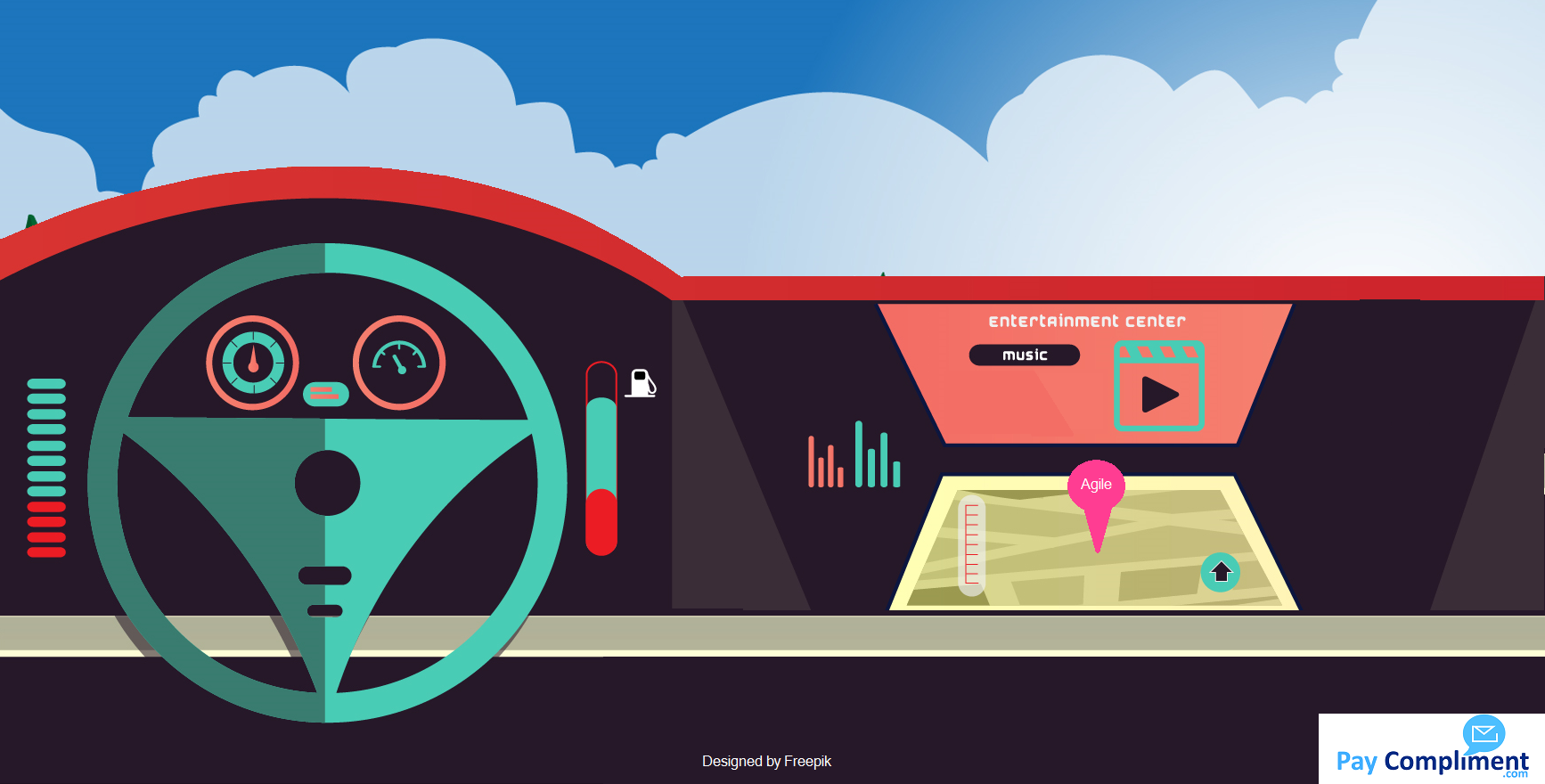 |
|
Are you ready to begin? This checklist for your journey to becoming an agile organization will make sure that you get off to a good start.
|
 |
|
Agile work takes momentum, and the start of your journey to an agile organization is an uphill battle.
Learn some techniques for reaching the peak.
|
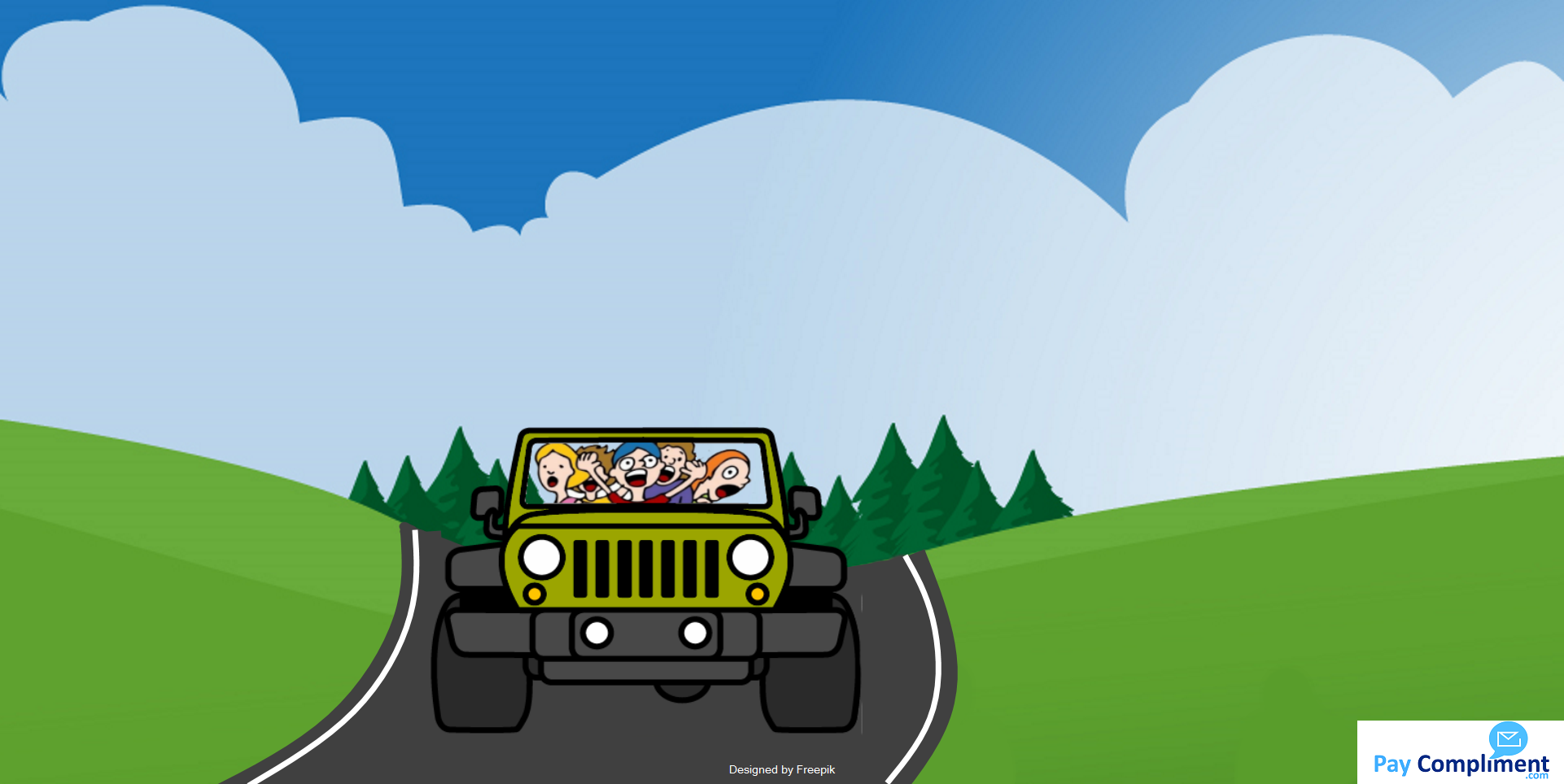 |
|
People who use their strengths are 3x more likely to report having an excellent quality of life.
How will you re-orient each individual person away from mundane goals and KPI's and towards being purpose-driven?
|
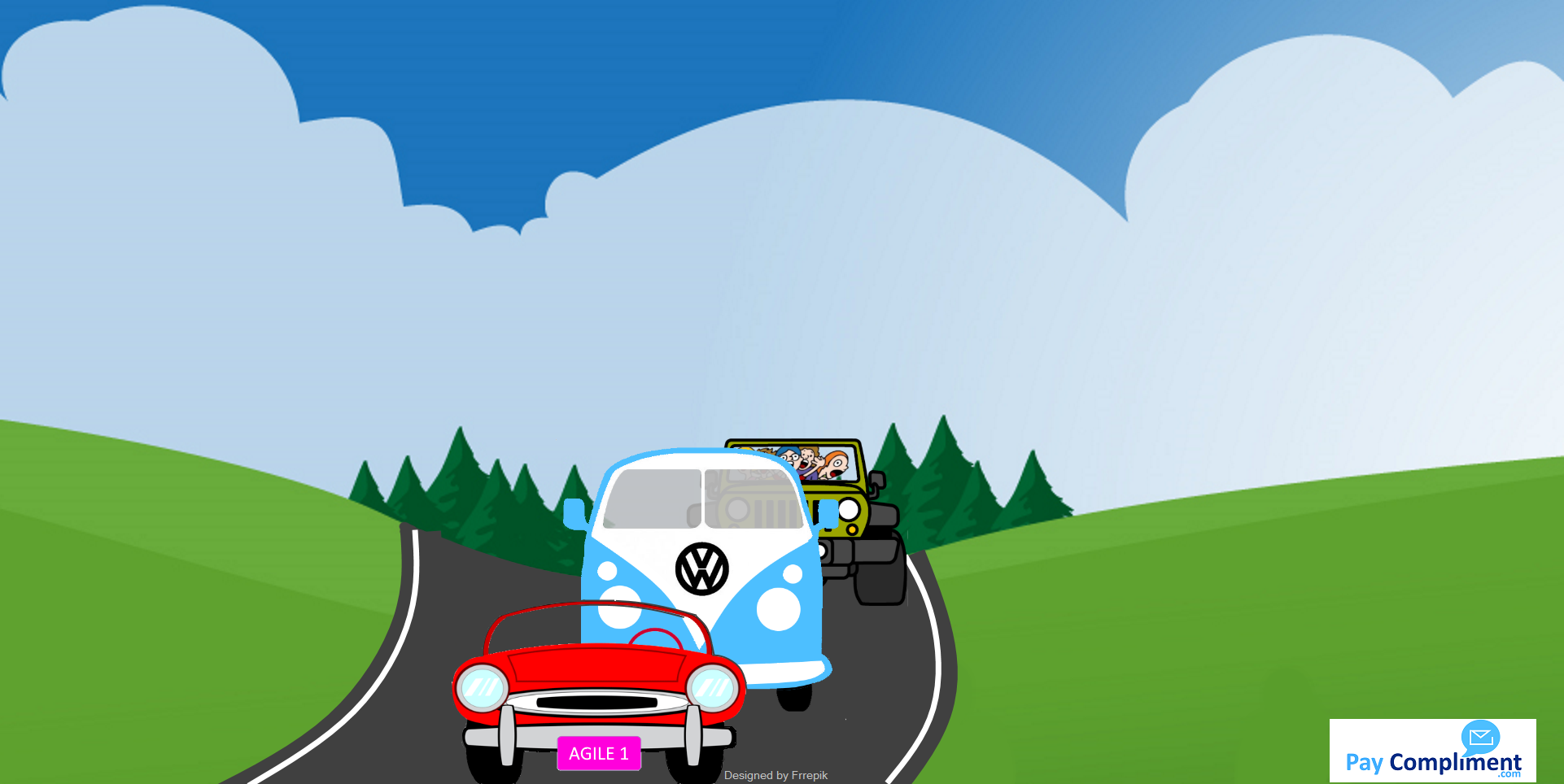 |
|
Setbacks are inevitable as you move through change. Whether you dwell on them or embrace them is your choice.
Learn how to embrace setbacks as signals that you need to reflect and adjust course.
|
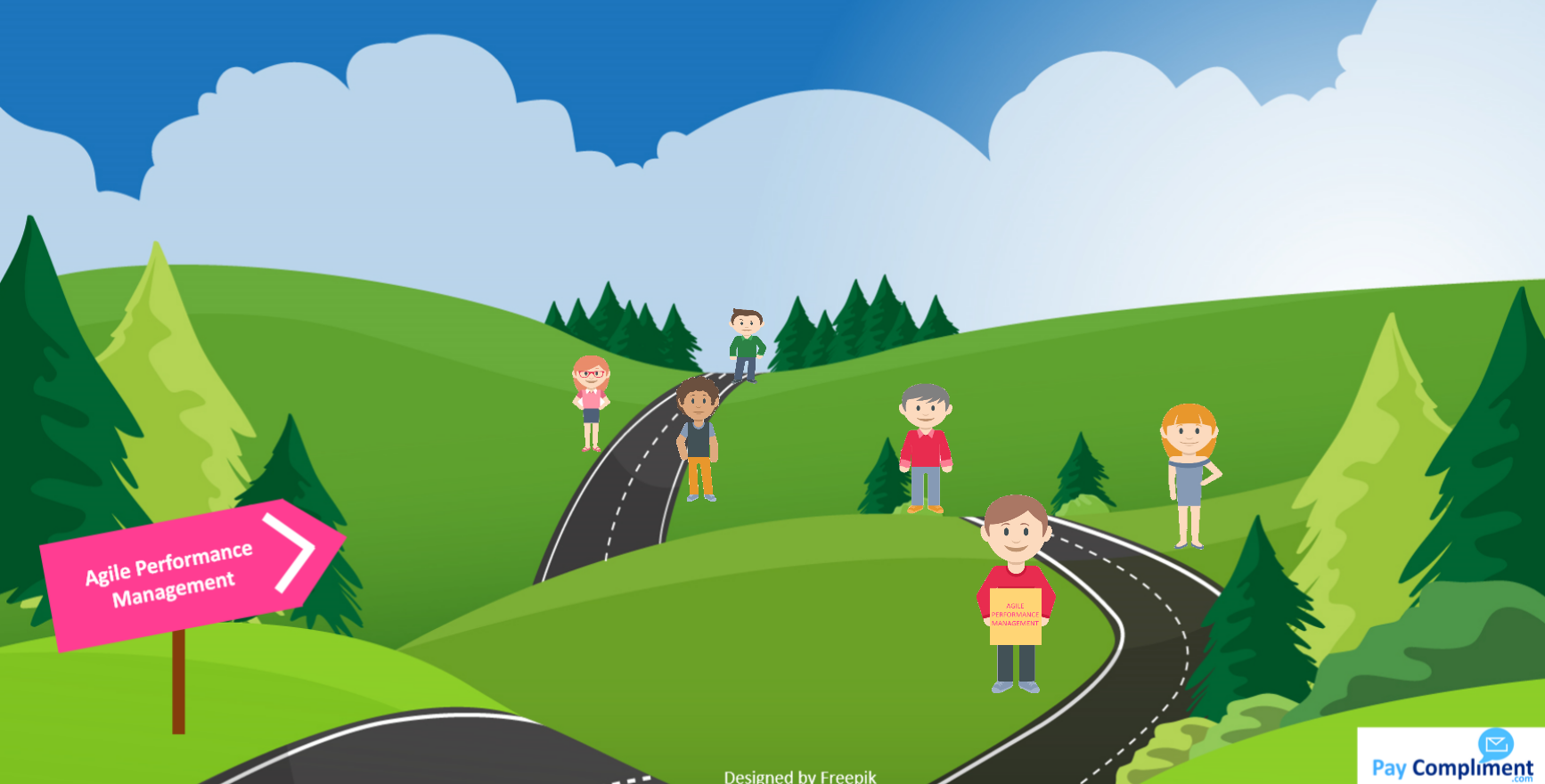 |
|
Learn how to support your early adopters, find your influencers, pass the tipping point, and handle detractors.
Becoming an agile organisation requires you to create a movement.
|
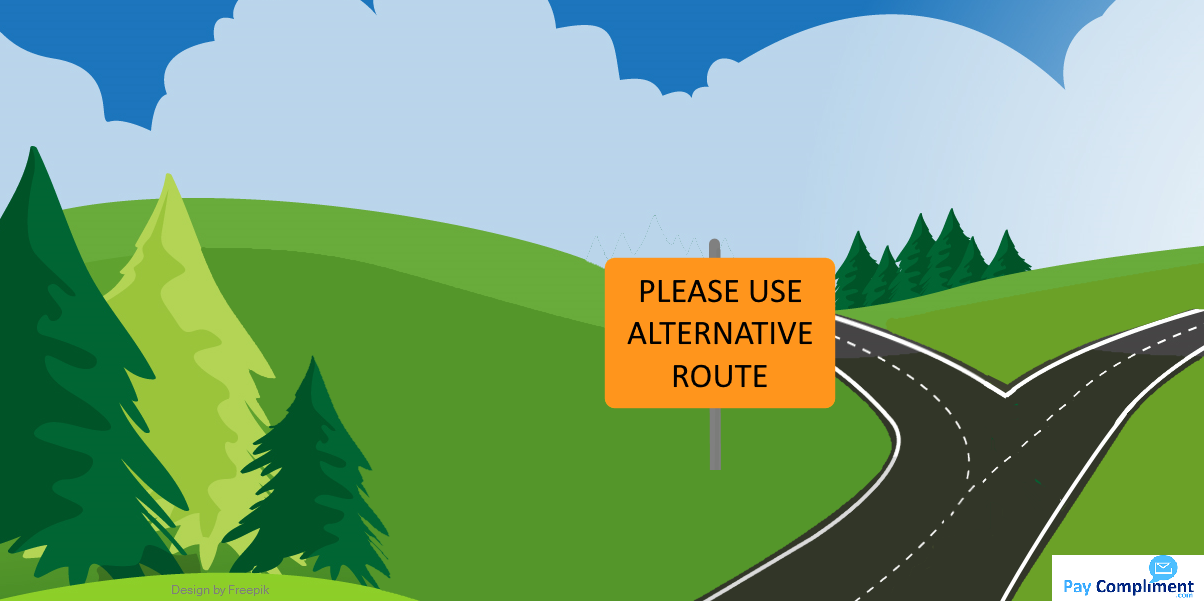 |
|
Develop the 3 kinds of trust needed to handle conflict without drama.
|
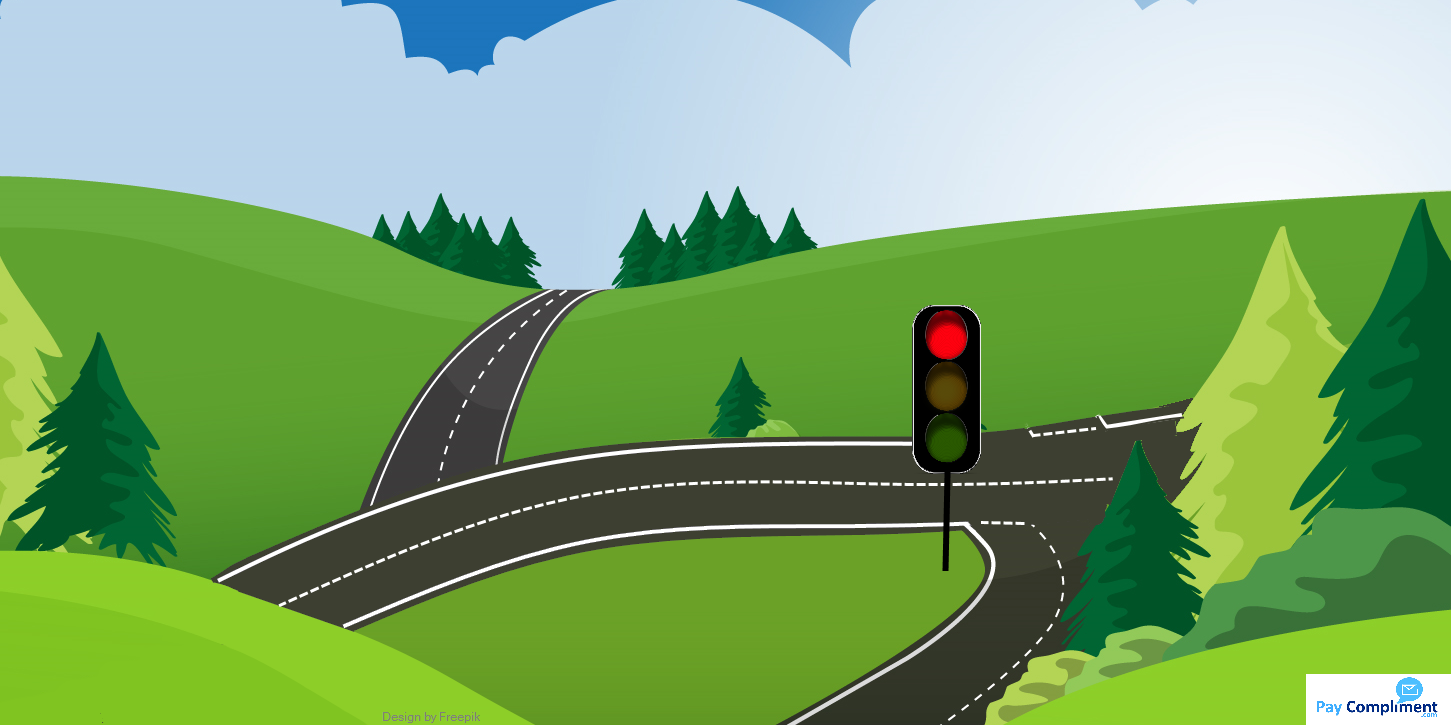 |
|
If you're going to remove ratings as a measure of performance what will you replace it with?
Agile teams live and breathe individual commitment and accountability. How will you get there?
|
 |
|
Agile organizations empower individuals, have fewer meetings, move faster.
How will you do that without bias?
|
 |
|
Are money motivators going to lead to sustainable agility, or are they a throwback to rigid structures?
What might agile organizations do instead?
|
 |
|
Stereotyping will hold you back on your journey to becoming an agile organisation.
How do you create inclusion so that everyone thrives?
|
 |
|
How do you build a sense of progress with modern measures in an agile organisation?
What do People Analytics look like anyway?
|
 |
|
What types of conversations are essential for agile leaders to master?
As senior leaders in an agile organisation, how do you know that these are happening effectively?
|
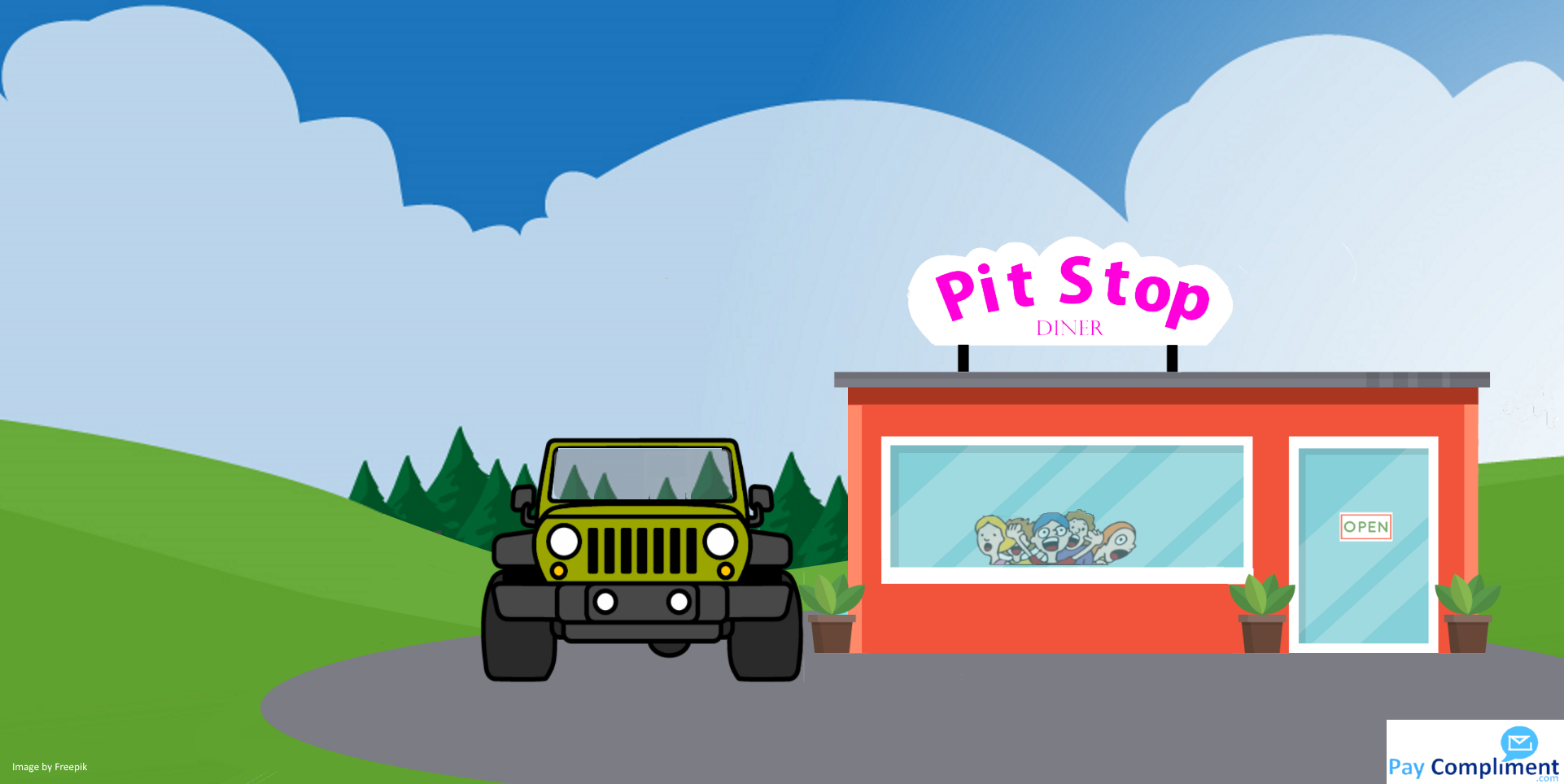 |
|
Retrospectives are a key agile behaviour.
What should leaders of agile organisations be reflecting upon to prove that agility is working and sustainable?
|
 |
|
Set a clear destination, provide continuous performance signals, and regularly re-energise your workers if you want them to drive your agile organisation autonomously.
|
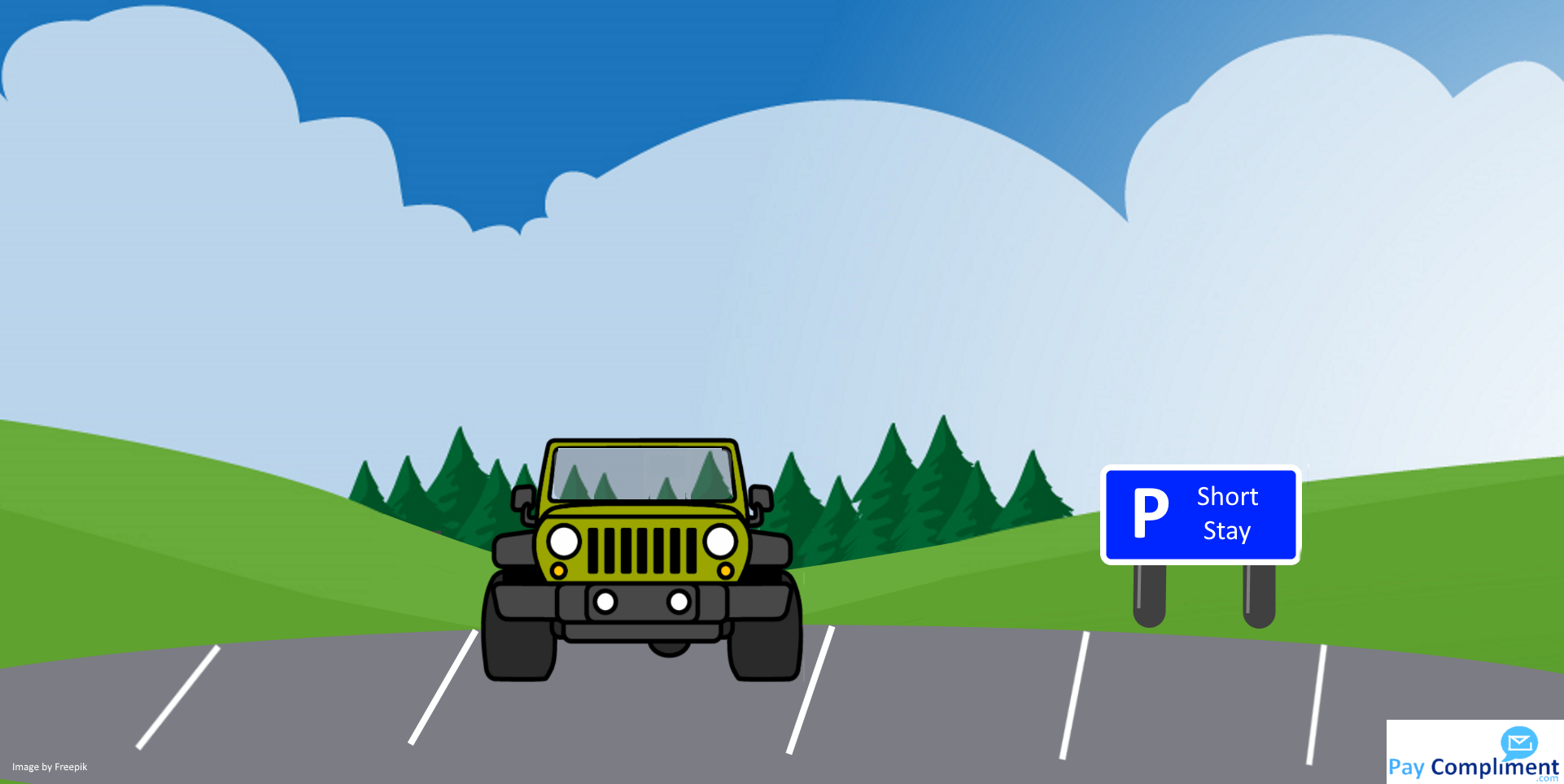 |
|
Congratulations. You've built an agile organisation, what now?
|
We hope that you find the courage to start your journey and the resolve to continue it.
It can be a lonely road which is why the team at Pay Compliment are here to help.
We've been down this road, we know the twists and turns. If we can help you with your journey, we'd be delighted to share what we know.